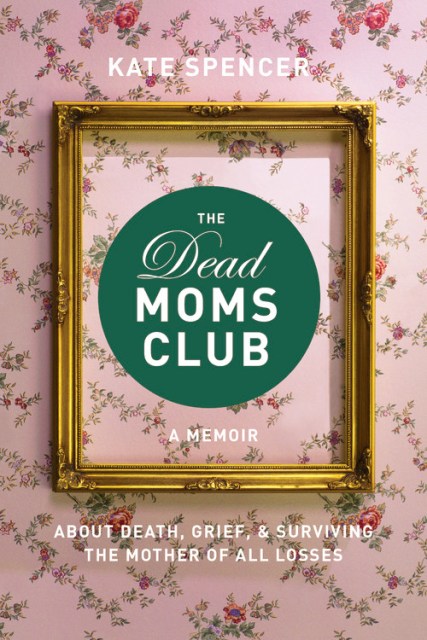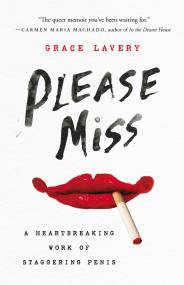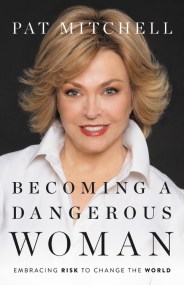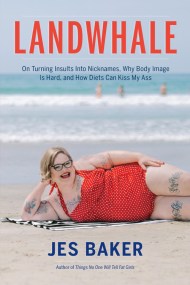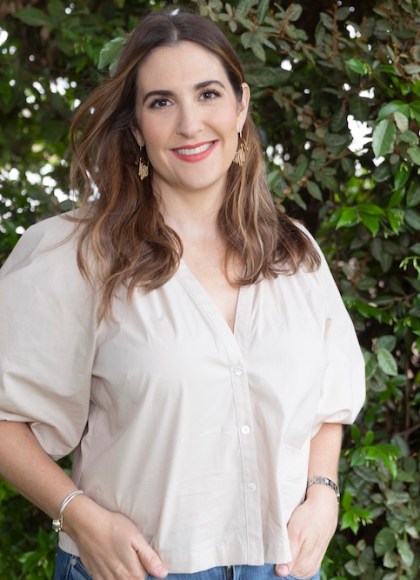Promotion
Use code BEST25 for 25% off storewide. Make sure to order by 11:59am, 12/12 for holiday delivery!
By clicking “Accept,” you agree to the use of cookies and similar technologies on your device as set forth in our Cookie Policy and our Privacy Policy. Please note that certain cookies are essential for this website to function properly and do not require user consent to be deployed.
The Dead Moms Club
A Memoir about Death, Grief, and Surviving the Mother of All Losses
Contributors
By Kate Spencer
Formats and Prices
- On Sale
- Nov 21, 2017
- Page Count
- 288 pages
- Publisher
- Seal Press
- ISBN-13
- 9781580056878
Price
$18.99Price
$24.99 CADFormat
Format:
- Trade Paperback $18.99 $24.99 CAD
- ebook $11.99 $15.99 CAD
- Audiobook Download (Unabridged)
This item is a preorder. Your payment method will be charged immediately, and the product is expected to ship on or around November 21, 2017. This date is subject to change due to shipping delays beyond our control.
Buy from Other Retailers:
“The perfect ‘how to’ book for the unimaginable.” —Casey Wilson, coauthor of The Art of Small Talk
Kate Spencer lost her mom to cancer when she was 27. In The Dead Moms Club, she walks readers through her experience of stumbling through grief and loss, and helps them to get through it, too. This isn’t a weepy, sentimental story, but rather a frank, up-front look at what it means to go through gruesome grief and come out on the other side.
An empathetic read, The Dead Moms Club covers how losing her mother changed nearly everything in her life: both men and women readers who have lost parents or experienced grief of this magnitude will be comforted and consoled. Spencer concludes each chapter with a cheeky but useful tip for readers, like the “It’s None of Your Business Card” to copy and hand out to nosy strangers asking about your passed loved one.
Poignant and funny, The Dead Moms Club offers sincere guidance and companionship for anyone experiencing the loss of their closest relative.
-
"Kate Spencer is the BFF I wish I had when my mother died. I had dear friends, mind you. Just not the kind who'd also been rocked by grief and could make me laugh-until-I-cried about it. Well done!"Allison Gilbert, author of Passed and Present: Keeping Memories of Loved Ones Alive, Parentless Parents: How the Loss of Our Mothers and Fathers Impacts the Way We Raise Our Children, and Always Too Soon: Voices of Support for Those Who Have Lost Both Parents
-
"The most tragic things are also the ones we most need to laugh about. Thankfully Kate Spencer is here to lead us to those laughs with grace and charm."Chris Gethard, author of A Bad Idea I'm About to Do
-
"This is the perfect 'how to' book for the unimaginable, and Kate is the dearest friend you could want beside you the whole way. She will become your new cheerleader."Casey Wilson
-
"This book destroyed me. But not in a 'It made me so depressed!' kind of way. It destroyed me because it was just so deeply relatable. It made me remember my own mother, and made me wish I had met Kate's. I spent the entire book not only laughing and crying, but just so pissed Kate's mom couldn't read it herself. She would be so proud. It's incredible."Chris Kelly
-
"Although her memoir is a raw and moving account of a daughter's loss, Spencer's comedic wit prevails."Booklist
-
"Improbably—and irresistibly—funny"People
-
"Heartbreaking and hilarious."BUST.com
Newsletter Signup
By clicking ‘Sign Up,’ I acknowledge that I have read and agree to Hachette Book Group’s Privacy Policy and Terms of Use
